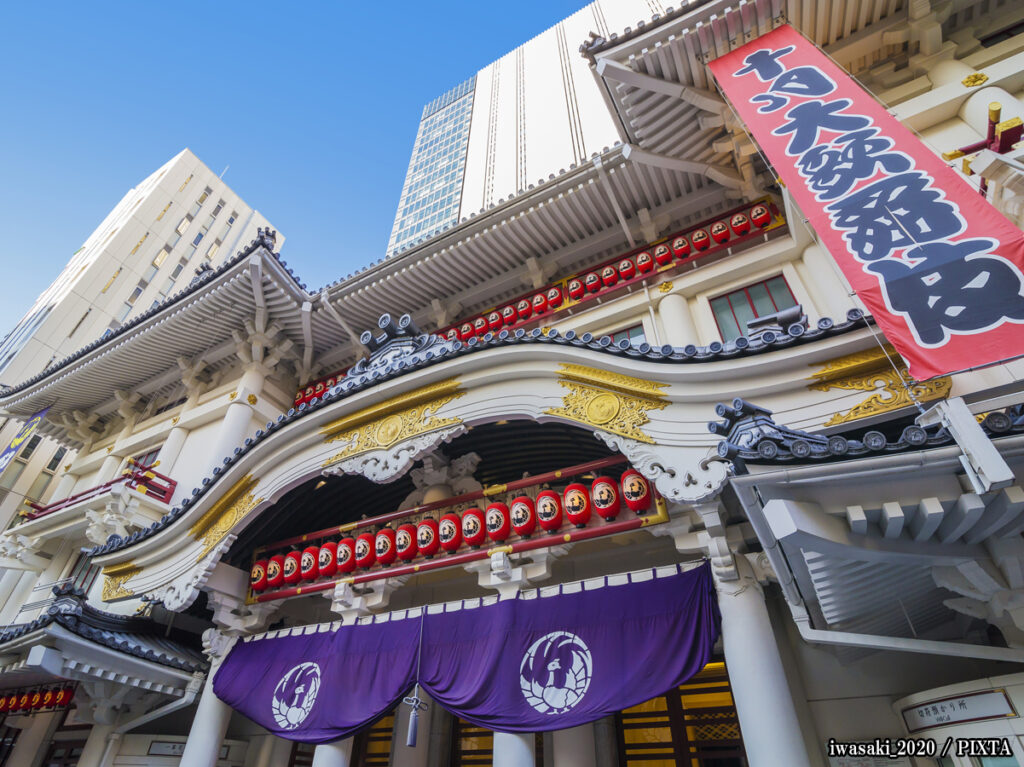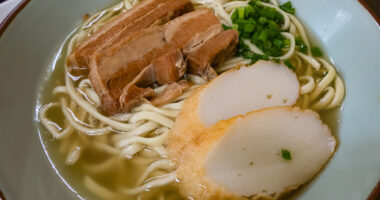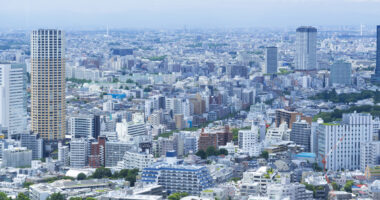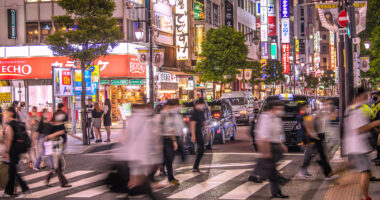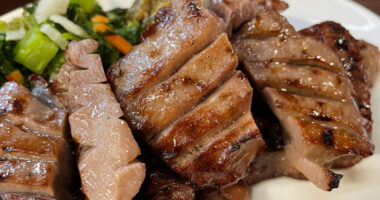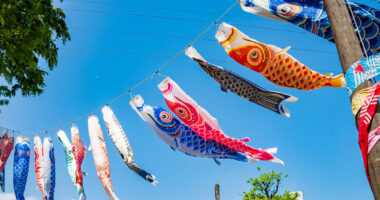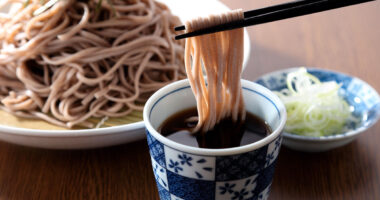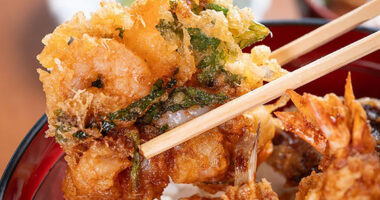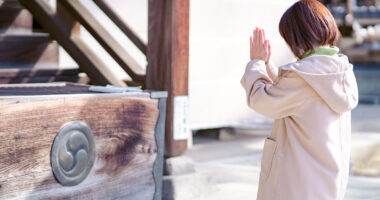The visual language of kabuki
Kabuki is a traditional Japanese theater form celebrated for its striking visuals. Elaborate costumes, dramatic makeup, and powerful poses come together to form Kabuki’s distinctive theatrical language. This guide explores these core visual elements, illustrating how each contributes to the vivid storytelling that defines kabuki.
Elaborate costumes: telling stories through fabric
Kabuki costumes are not merely decorative—they play a vital role in defining characters and telling stories. The choice of colors, patterns, and styles offers crucial insight into each character’s identity and role.
- Costume color symbolism: While less standardized than the kabuki actor’s iconic makeup, known as kumadori, the colors of their costumes still carry meaning. Vibrant reds often symbolize heroism, passion or youth. Light blue may indicate purity or a refined young man, while dark blue or indigo can hint at villainy or the supernatural.
- Design and patterns: Patterns also communicate character traits. Floral motifs typically adorn young women’s costumes, while bold geometric designs suggest strength and masculinity.
- Stylized silhouettes: Kabuki costumes frequently incorporate layers and padding, creating exaggerated silhouettes. This not only amplifies the actor’s presence but also enhances the visual impact of their movements on stage.
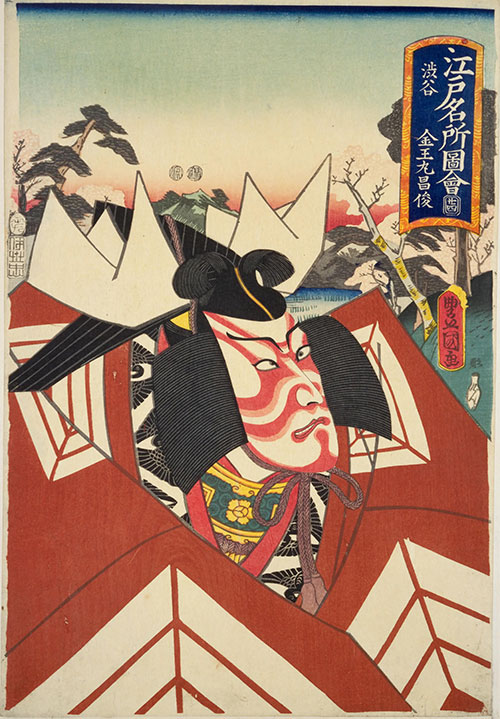
Ukiyo-e woodblock print of a kabuki actor as Kinomaru Masatoshi by Toyokuni III, from Edo Meisho Zue: Volume 24 (Shibuya), 1852. National Diet Library Digital Collection
Kumadori makeup: painting the character’s essence
Kumadori is particularly prominent in exaggerated aragoto roles (a bold, dynamic acting style often used for heroic or supernatural characters). Bold lines and vivid colors are applied meticulously to highlight a character’s emotions and personality.
- Makeup color codes: Each color in kumadori holds symbolic meaning. Red signifies courage, strength, and virtue; blue often represents villainy, ghosts, or supernatural entities; and brown may denote demons or other non-human figures.
- Line techniques: The style of line application also influences character portrayal. Thick, powerful lines suggest strength and intensity, whereas finer, more delicate lines evoke youthfulness or beauty.
Mie: the power of the frozen pose
A mie is a dramatic, stylized pose struck by Kabuki actors at climactic moments in the performance. The actor freezes in a visually powerful stance, often accompanied by an intense glare and crossed eyes (a stylized expression called nirami, meant to heighten dramatic tension—not for humor), heightening the emotional impact of the moment.
- Expressive faces: Facial expressions are critical in a mie, vividly conveying emotions ranging from fierce anger to deep sorrow, making these moments memorable for audiences.
- Dynamic body language: A successful mie engages the entire body. Actors carefully position their hands, arms, and legs to create compelling, unforgettable images on stage.
Stagecraft: enhancing the visual narrative
Kabuki stages are specifically designed to enhance visual storytelling and audience engagement.
- Hanamichi: The hanamichi is an elevated walkway that extends from the stage into the audience, typically used for dramatic entrances and exits. This setup strengthens the connection between the actors and viewers, drawing the audience into the unfolding drama.
- Revolving stages: Revolving stages allow swift scene changes, facilitating smooth transitions between settings and maintaining the visual rhythm and flow of performances.
- Trap doors: Trap doors built into the stage floor offer dramatic possibilities for surprise entrances and exits, magnifying the sense of spectacle and excitement.
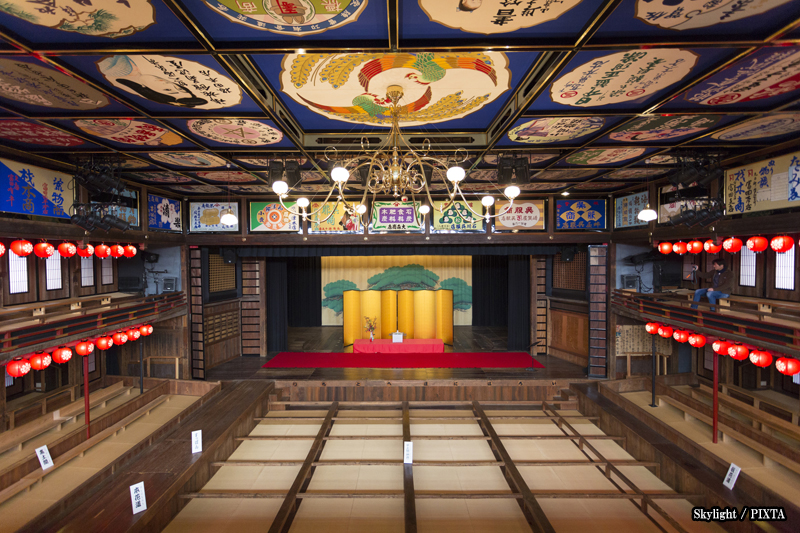
Photo for illustrative purposes
Related article
For a broader overview of kabuki’s history and traditions, don’t miss: “What Is Kabuki? A Beginner’s Guide to Japan’s Traditional Theater.”
The interplay of visual elements
In kabuki, costumes, makeup, poses, and stagecraft seamlessly interact to create an immersive and expressive theatrical experience. This integration of visual storytelling elements allows kabuki to captivate audiences, transcending language barriers and resonating deeply even with newcomers.
By understanding and appreciating these visual aspects, audiences can fully grasp the artistry and complexity that define kabuki—a form of theater where visual drama and emotional expression blend into an unforgettable performance.
